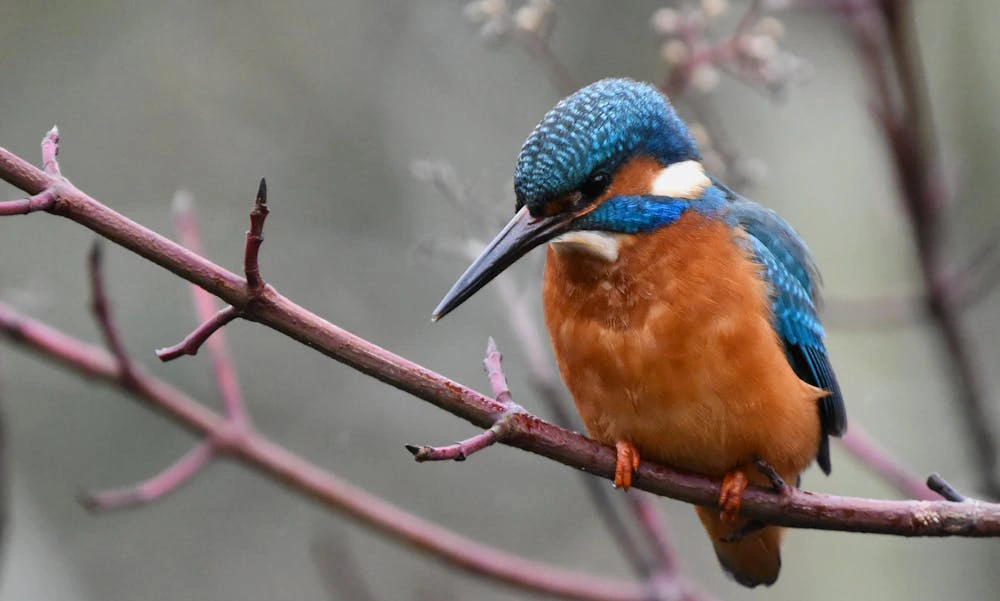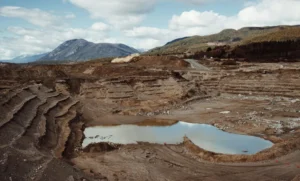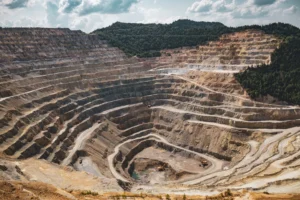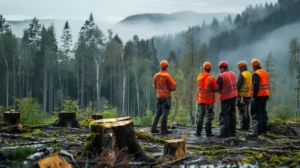
Species diversity is the heart of ecological balance, it is the variety of life within an ecosystem. It’s basically made up of two main elements: species richness – this is the count of different species existing within a habitat – and species evenness, which reflects how individuals are spread over those species. These give a complete picture of complexity about biodiversity.
Understanding species diversity does not only have a theoretical value but is rather an important tool in evaluating the health and strength of an ecosystem. A biologically diverse system allows for strong food webs, increases productivity of ecosystems, and provides a shield against environmental shocks. This diversity supports human survival by sustaining agriculture, medicine, and so many more sectors.
What is Species Diversity?

Species diversity encompasses both the number of different species present in an ecosystem and the balance of individuals within each species. Let’s detail its two primary components:
Species Richness: This is the number of different species present within an ecosystem. A loaded environment with numerous forms of species, like a tropical rainforest, has high species richness.
Species Evenness: It indicates how evenly individuals are distributed over those species. For example, when in a grassland, 50% of the plants are of one species while the remaining are spread out over several others, lower ecosystem evenness is indicated.
Importance of Species Diversity
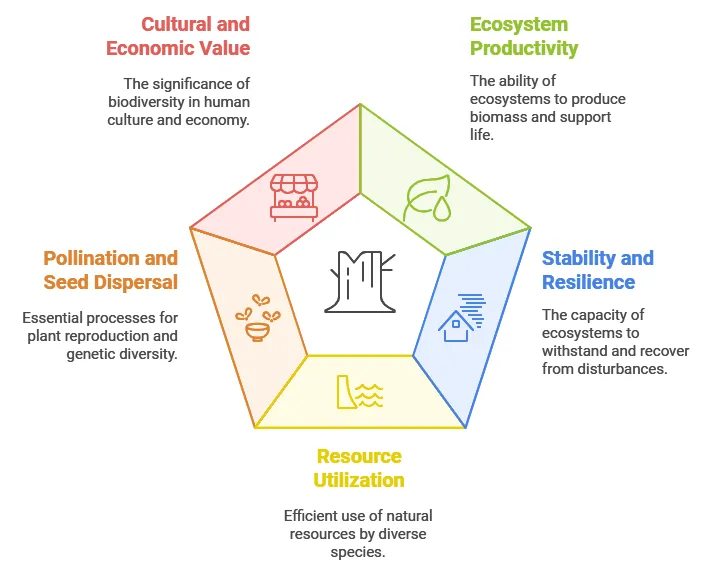
Ecosystem Productivity
Diverse ecosystems are powerhouse producers. The presence of multiple species—each with unique roles—maximizes the ecosystem’s output. For instance, in a forest of many different kinds of plants, the various root systems reach into different layers of soils, and so it optimizes the usage of these nutrients and boosts overall biomass production.
Example: A mixed species forest outperforms monoculture plantations by both boosting carbon sequestration and supporting greater variety of herbivores.
Stability and Resilience
A diverse ecosystem is a complex system with interdependent components. When one species becomes unhealthy or starts failing from environmental stress, other species can move in to help the system function. Ecological resilience helps ecosystems weather disturbances like droughts and invasion by invasive species.
Example: Coral reefs exemplify this principle. When certain algae species decline due to ocean temperature shifts, other species often take over, maintaining the reef’s productivity.
Resource Utilization
Species-rich communities be good at efficient resource use through niche differentiation. Each species occupies a unique role, reducing competition and optimizing resource consumption. This synergy allows ecosystems to thrive even under resource constraints.
Case Study: In African savannas, herbivores like zebras, gazelles, and giraffes feed on different plant parts, from grass to treetops. This resource partitioning sustains large populations without exhausting vegetation.
Pollination and Seed Dispersal
Many plants rely on specific animals for pollination or seed dispersal. These, in turn, illustrate examples of interdependence in ecosystems. Decline in primary pollinators of bees or bats causes general disruptions in an ecosystem, affecting food supply and biodiversity.
Impact Example: Honeybee declines have led to reduced yields from staple crops like almonds and apples, showing the economic impact of biodiversity loss.
Cultural and Economic Value
Biodiversity is not only an ecological resource but also a treasure of culture and source of economic growth. From Medicinal plants to staple crops, humanity depends on a rich variety of species to fulfill its food and innovation needs. For instance, the pharmaceutical industry derives numerous life-saving drugs from compound plant and animal sources.
Economic Example: The overfishing that caused the collapse of Atlantic cod stocks led to significant loss in regional economies based on that species, emphasizing the value of species diversity for economic security.
Threats to Species Diversity
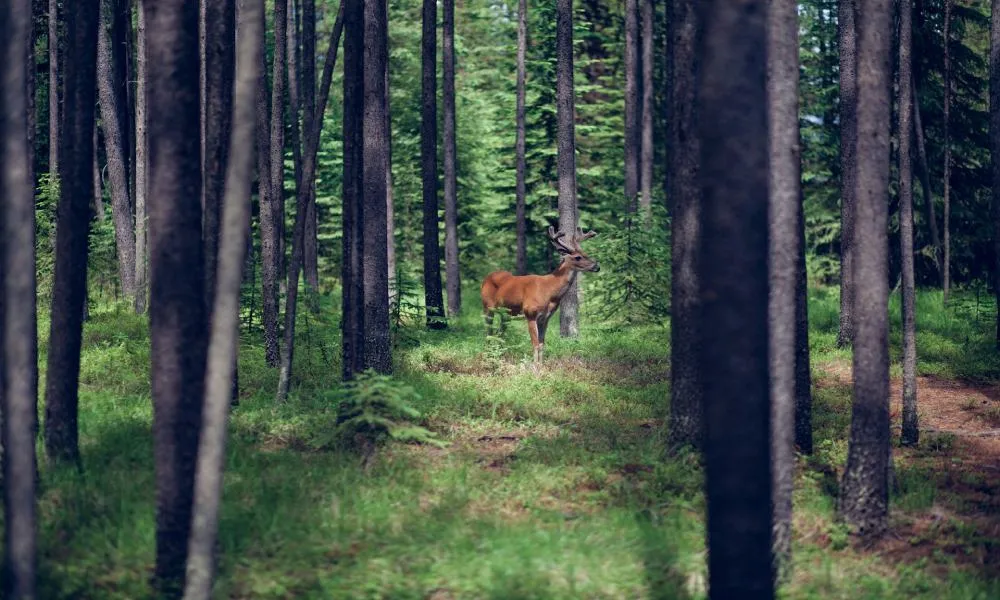
Despite its critical role in maintaining ecosystem health, species diversity faces mounting challenges, largely driven by human activity. Below, we explore the primary threats and their far-reaching consequences.
Habitat Loss and Fragmentation
Habitat destruction and division remain the primary cause of decline in species diversity. Human activities such as urbanization, deforestation, and agricultural expansion have dramatically reduced natural habitats.
Causes:
Urbanization: Expanding cities occupy forests, wetlands, and grassland, so that wildlife has fewer areas in which to thrive.
Deforestation: In the course of large-scale logging operations, especially those in the Amazon, tend to destroy habitats critical to many species.
Agriculture: Agriculture fragments ecosystems by converting forests and grasslands into farmland, thereby isolating species populations.
The Amazon rainforest, often called the “lungs of the Earth,” has witnessed immense clearing for cattle ranching and soybean farming. This leaves destruction to many species, such as the jaguar and harpy eagle as their habitat decreases.
Overexploitation
For hundreds of years, humankind has been using the natural resources for food, clothing, medicine, etc. However, uncontrolled harvesting of these species has taken many of them to the brink of extinction.
Examples:
- The passenger pigeon, which was the most abundant bird in North America, became extinct. It was over hunted and its habitat destroyed.
- Steller’s sea cow was a large aquatic herbivore. This animal was hunted to extinction just 27 years after its discovery.
These are examples that call for sustainable practice in order to prevent what history has witnessed.
Invasive Species
When introduced either accidentally or intentionally non-native species have been known to outcompete native species and therefore break up food chains, leading to extinctions in extreme cases.
Case Study: The Nile perch was stocked in Lake Victoria in the mid-20th century to enhance fisheries. This predator however ravaged the native cichlid fish population in the lake leaving its species diversity highly depleted, altering the dynamics in the ecosystem.
Global warming and changed patterns of weather are changing species diversity. So many species are failing to cope with these rapid rates of change, leading to shifts in distribution and, in some cases, extinction.
Examples:
- Polar bears lose sea ice, where they hunt for seals.
- The bleaching of coral reefs due to the warmer ocean temperatures initially impacts the species that live in those habitats.
Acceleration of climate change will worsen the ripple effects in biodiversity; therefore, this calls for urgent action to control the climate.
Measuring Species Diversity
To protect species diversity, scientists first need to measure it accurately. Two commonly used metrics provide information into ecosystem biodiversity.
Shannon Diversity Index (H)
The Shannon Diversity Index measures the uncertainty of predicting the species identity of a randomly selected individual. It accounts for both species richness and species evenness.
Formula:
H = – Σ pi * ln(pi)
Here, pi represents the proportion of individuals belonging to the i-th species.
Use Cases: This index is useful for comparing biodiversity across different ecosystems, such as assessing the impact of deforestation on forest biodiversity.
Simpson’s Diversity Index (D)
The Simpson’s Diversity Index measures the probability that two individuals randomly selected from a sample belong to different species.
Formula:
D = 1 – Σ(pi^2)
Applications: Researchers use this index to study habitat quality, monitor biodiversity loss, and evaluate the effectiveness of conservation strategies.
Conservation Efforts and Strategies
Preserving species diversity requires a multi-pronged approach, combining local, national, and global efforts.
Protected Areas
Develop national parks, wildlife sanctuaries, and marine reserves for the protection of critical habitats.
Eco-friendly farming, fishing, and forestry practices.
Restoration Projects
Restore degraded habitats to allow biodiversity recovery.
Role of Organizations
Both governmental bodies and non-governmental organizations (NGOs) play important roles. For instance, IUCN watches species at risk, and grassroots conservation projects all over the world are carried out by NGOs such as WWF.
The Bottom Line
Species diversity is the bottom-line component of ecological health, the foundation supporting life on Earth through its contribution toward ecosystem functioning and resilience as well as human well-being.
Habitat loss, overexploitation, invasive species, and climate change are all rising steeply, and action needs to be taken now. Saving wildlife isn’t only an obvious goal but it’s about securing our planet’s future for ourselves and our children.
